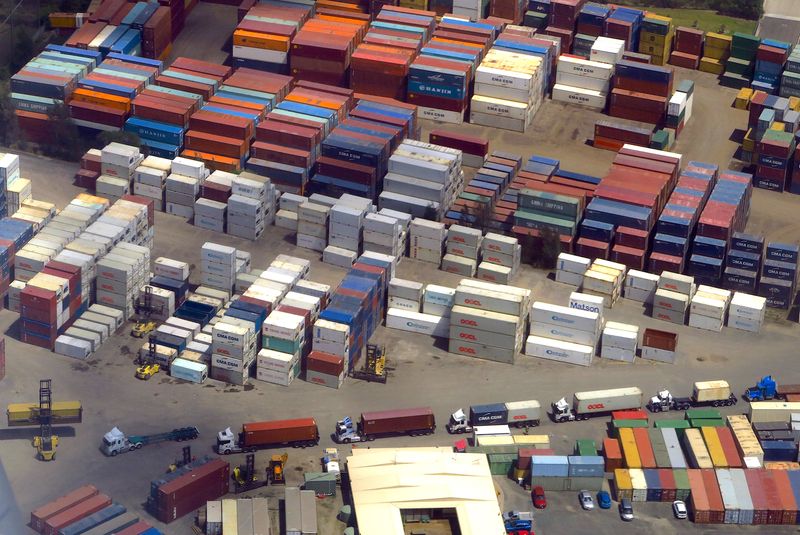By Wayne Cole
SYDNEY (Reuters) – Australia’s export volumes jumped in the June quarter as foreign visitors swarmed the country, data showed on Tuesday, offsetting softness in household consumption and providing a much-needed boost to economic growth.
Spending by tourists and foreign students is classed as a service export.
Other figures showed the government also spent big on infrastructure in the quarter, greatly lessening the risk of a negative reading for gross domestic product (GDP).
The data from the Australian Bureau of Statistics showed net export volumes added 0.8 percentage points to GDP in the second quarter, more than twice analyst expectations.
Spending by the government added another 0.5 percentage points to growth, when most analysts had looked for a flat outcome.
Taken together, that should more than offset a sharp 1.0 percentage point drag from inventories.
“Services export volumes increased by a remarkable 12.1%, buoyed by increased student and tourist flows,” said Sean Langcake, head of macroeconomic forecasting for Oxford Economics Australia.
The ABS noted number of international students in Australia had finally returned to pre-pandemic levels in the quarter.
“This should ensure GDP growth will be positive in Q2, despite the growing headwinds to domestic demand,” said Langcake.
Household consumption has been smothered by high inflation and rising borrowing costs. The Reserve Bank of Australia (RBA) lifted interest rates to a decade high of 4.1% in June in an effort to restrain inflation.
The tightening is having some affect, with monthly consumer price inflation slowing to a lower-than-forecast 4.9% in July and away from last year’s peak of 8.4%.
The RBA holds its September policy meeting on Tuesday and is widely expected to keep rates unchanged for a third month, while cautioning that a further hike might yet be needed.
Tuesday’s data also showed Australia’s nominal current account surplus narrowed to A$7.7 billion ($4.96 billion) in the June quarter as prices for many of the country’s resource exports fell.
The terms of trade, which measures the ratio of export to import prices, dived 7.9% in the quarter for the largest fall since mid-2009.
($1 = 1.5518 Australian dollars)
(Reporting by Wayne Cole; Editing by Jacqueline Wong and Edwina Gibbs)
